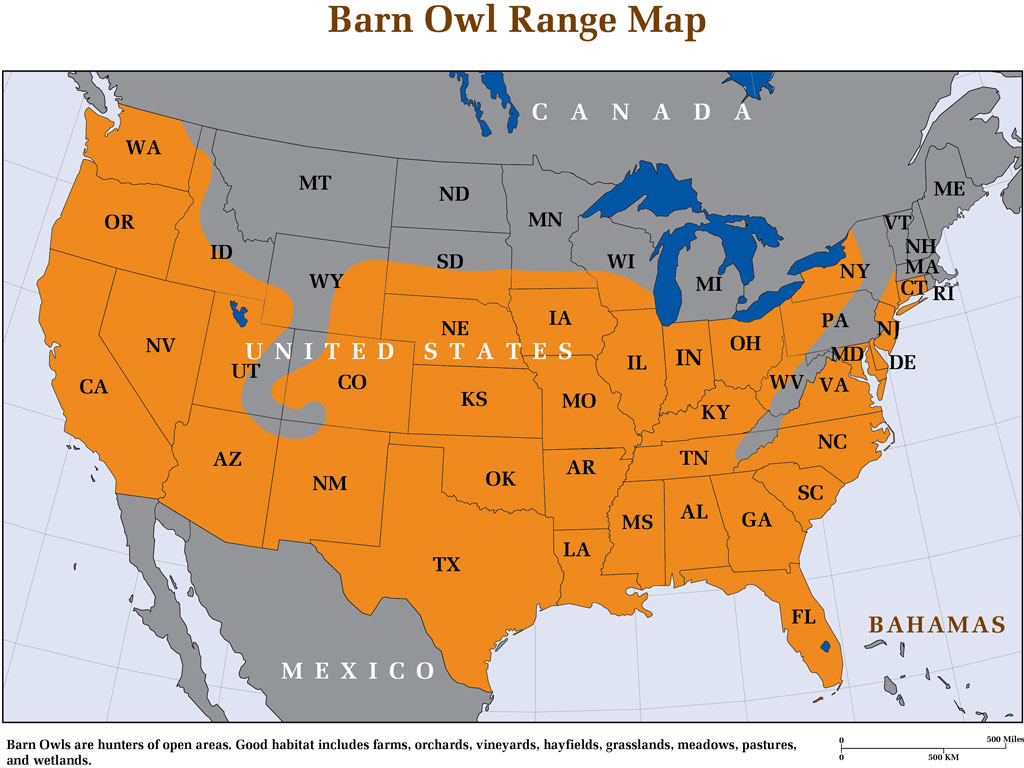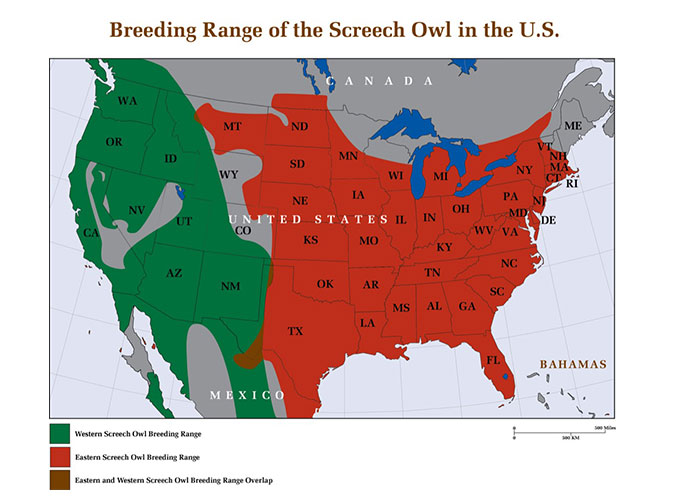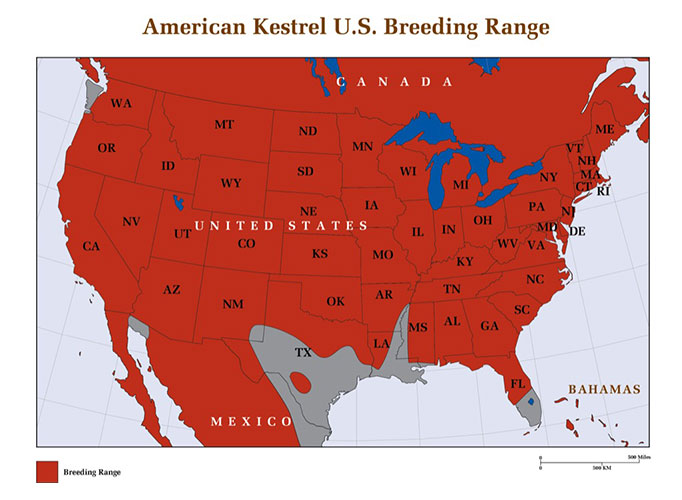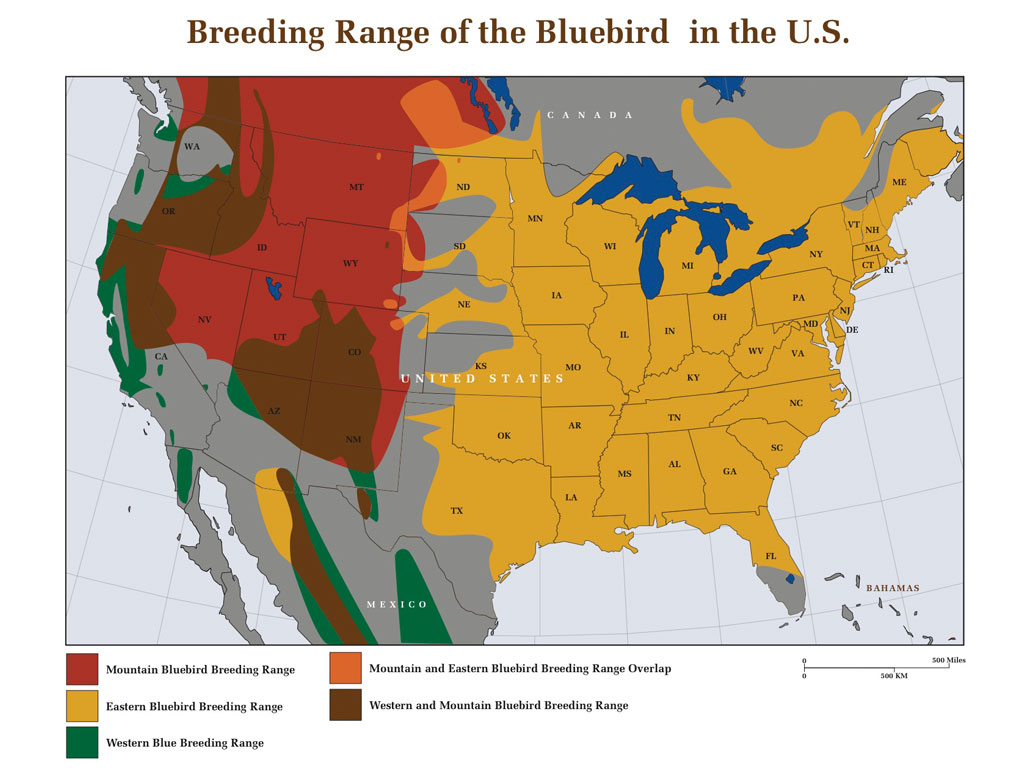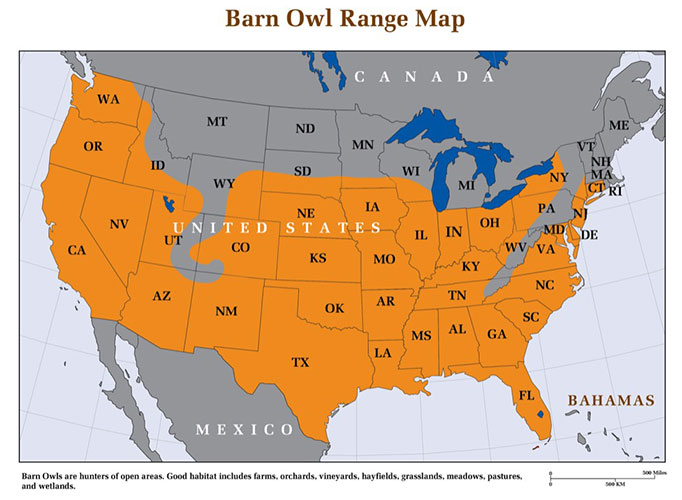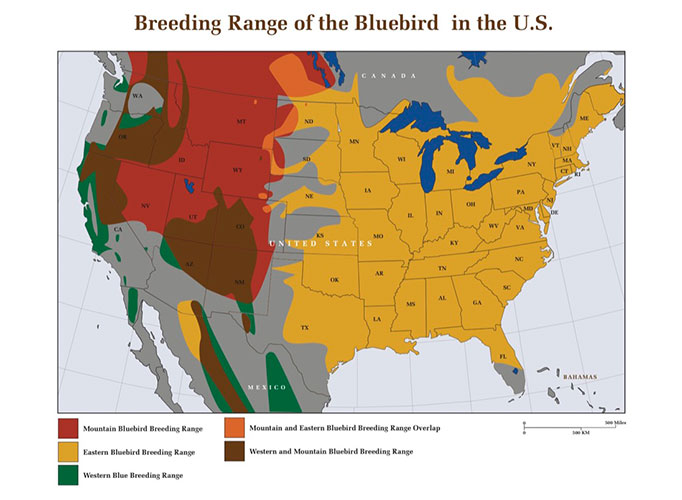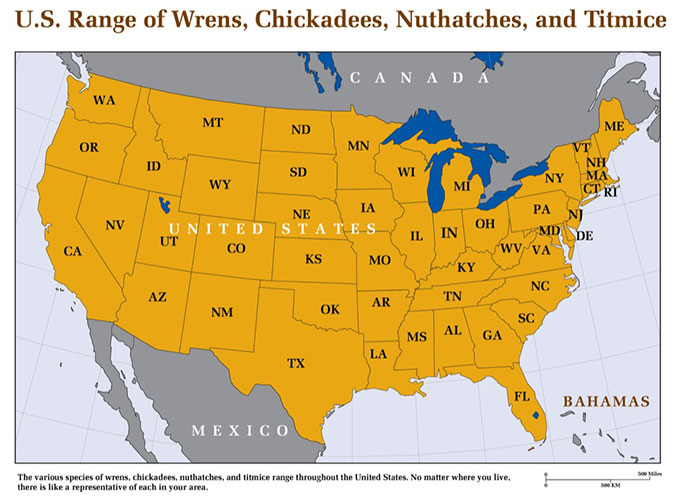Free Shipping to the Contiguous United States
Colorado Barn Owls
Barn Owls in Colorado Barn owl numbers are good in the prairies and grasslands of eastern Colorado and in the valleys and scrub lands of the western part of the state. They nest in cottonwoods, hay bales, riverbanks, culverts, old…

